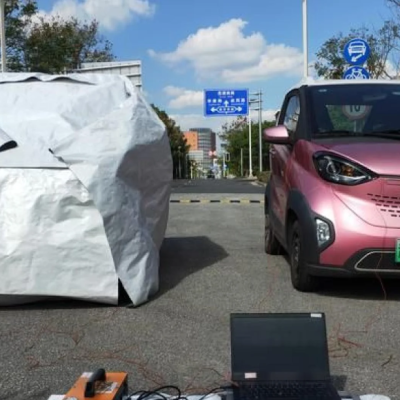The global energy system could be completely transformed to rely on wind, water, and solar power for a cost of $62 trillion, according to a study by Stanford University. The investment would be fully amortized within six years, resulting in annual savings of $11 trillion. The study examined 145 of the 195 countries recognized by the United Nations, which are responsible for 99.7% of global CO2 emissions. The switch to renewable energy sources would reduce global demand by 56%, primarily through the use of electric cars, heat pumps, and electrified industry. The cost per unit would fall by an average of 12%, resulting in a 63% reduction in global energy costs.
The study also found that the switch to renewable energy sources would result in a 92% reduction in energy costs when health and climate benefits were taken into account. The transformation could be achieved using existing technologies without any outages, and without the need for untested technologies such as blue hydrogen and combustion with CO2 capture. The study’s lead author, Mark Z. Jacobson, explained that the switch to renewable energy sources would be a cost-effective solution to the rapidly rising prices of electricity and gas, and the dependence of many countries on energy suppliers such as Russia.
The study’s findings are particularly relevant in light of the current global focus on reducing carbon emissions and mitigating climate change. The switch to renewable energy sources would not only reduce emissions, but also result in significant cost savings and health benefits. The study’s authors hope that their findings will encourage governments and businesses to invest in renewable energy sources and accelerate the transition to a sustainable energy system.










